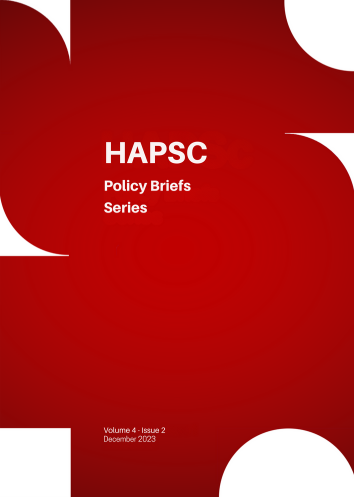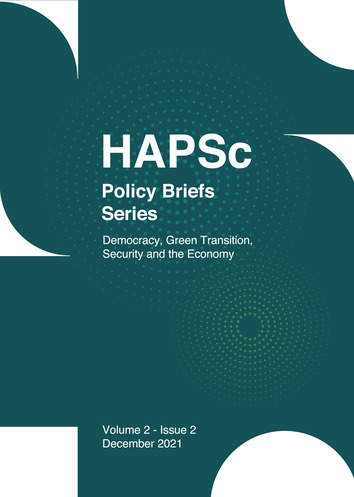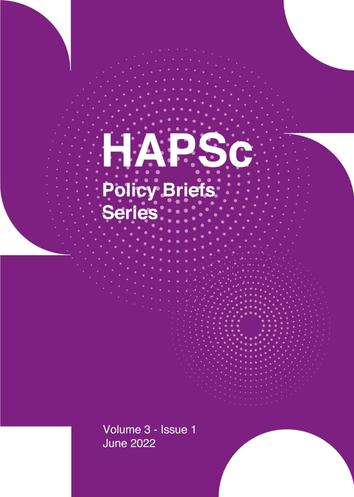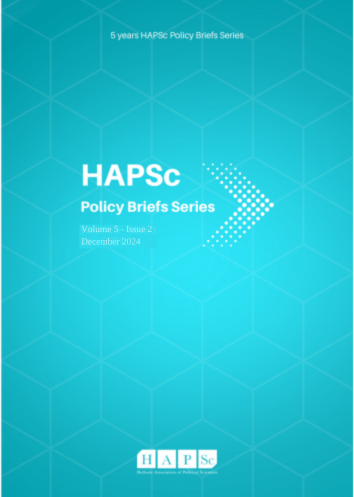Quality in Health Care: The Case of the Intensive Care Unit (ICU)

Abstract
Quality in healthcare organizations is achieved by increasing the delivery of desired outcomes to individuals and population groups in accordance with current professional knowledge. The Intensive Care Unit (ICU) is a specially equipped and staffed department of the hospital. The improvement of the quality of the services provided in the ICU is evaluated by quality indicators which assess all interventions, direct and indirect, to the patient. The aim of this study is to investigate and present improvement of quality in the ICU. The methodology followed includes literature review of contemporary studies and articles in PubMed and Google Scholar databases from 2003 to date. From the thorough analysis of the international and Greek literature it appears that quality in the services provided in ICU is achieved when it focuses on patient survival and safety, patient and family satisfaction, effectiveness, equity, timeliness and efficiency. Quality indicators that assess quality in ICU aim to document and support quality in the care provided, compare hospitals, establish priorities and enable patients to choose a health care structure in order to be helped effectively. A study of the international literature makes it clear that improving quality in ICU implies providing more effective care and ensuring a rational allocation of available resources.
Article Details
- How to Cite
-
Douki, S., & Kelesi-Stavropoulou, M. (2023). Quality in Health Care: The Case of the Intensive Care Unit (ICU). HAPSc Policy Briefs Series, 4(2), 18–24. https://doi.org/10.12681/hapscpbs.36657
- Section
- Articles

This work is licensed under a Creative Commons Attribution 4.0 International License.
Authors retain copyright and grant the journal right of first publication with the work simultaneously licensed under a Creative Commons Attribution License that allows others to share the work with an acknowledgement of the work's authorship and initial publication in this journal.





